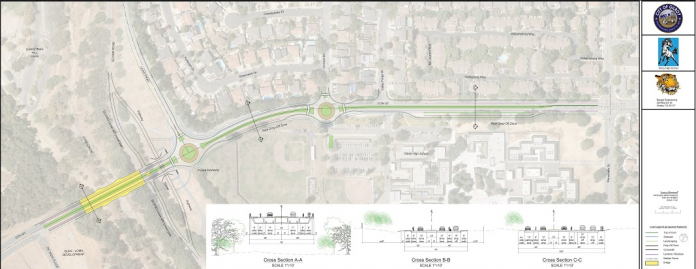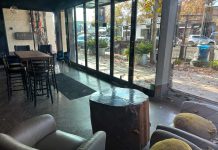
After a dozen years of planning and talk, the Gilroy City Council recently decided it didn’t have the money to build the much anticipated 10th Street Bridge, which would have connected more than 1,200 new homes in the city’s southwest corridor to Gilroy High School and Highway 101.
The bridge has been on the drawing board since 2005 and was the backbone for developments along 10th Street, which anticipated it would offset current traffic jams.
The city also allowed a project of 1,700 homes to be built at Glen Loma Ranch, west of Uvas Creek, anticipating residents of the city’s largest project could drive on the bridge. That project has been scaled down to 1,200 recently.
“I’m shocked,” said Gilroy Unified School District Board Member Mark Good. “Until Monday I thought the bridge was going through. The school board had meetings about the design of the roadway and bridge so as far as we knew, it was going in. I think it endangers students at Gilroy High School.”
Original plans called for the Glen Loma developer to pay for the bridge and have the city repay them. The cost was originally $4.5 million, but has jumped to $15 million over a dozen years.
School district members were disappointed when they were told about the loss at a meeting Monday. Superintendent Deborah Flores said traffic by Gilroy High School and along 10th Street was already unbearable at 8 a.m.
Last year they were told by the city that the bridge would be finished by 2018, but at a study session earlier in the month, the city said it didn’t have the money and if it did, there are other road improvements that have a higher priority.
That didn’t set well with Good.
“It’s already a mess and when the Glen Loma development and the Alexander Station Apartments go in and when Silvas Crossing is closed because of rain I wouldn’t want to be on that end of town,” he said. “It doesn’t take a traffic engineer to figure that out. It is not a very complicated subject to grasp if you have a development the size of Glen Loma with the increased traffic, the developer should be required to pay for it.
“They’re saying they don’t have the money and I say, too bad, they allowed the development to go in without sufficient mitigation for traffic. It’s going to be a safety hazard. It’s already a safety hazard and it’s only going to get worse.”













